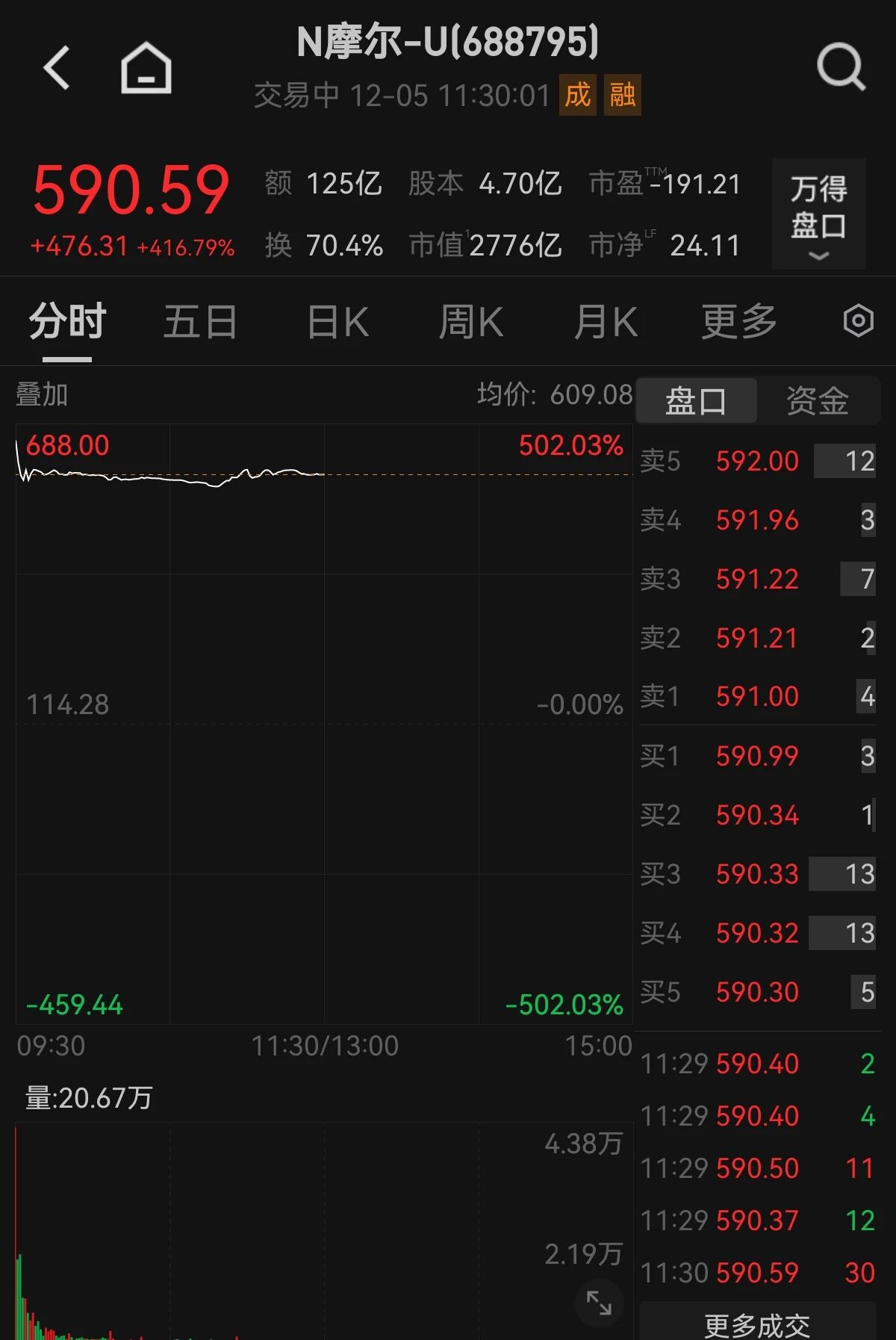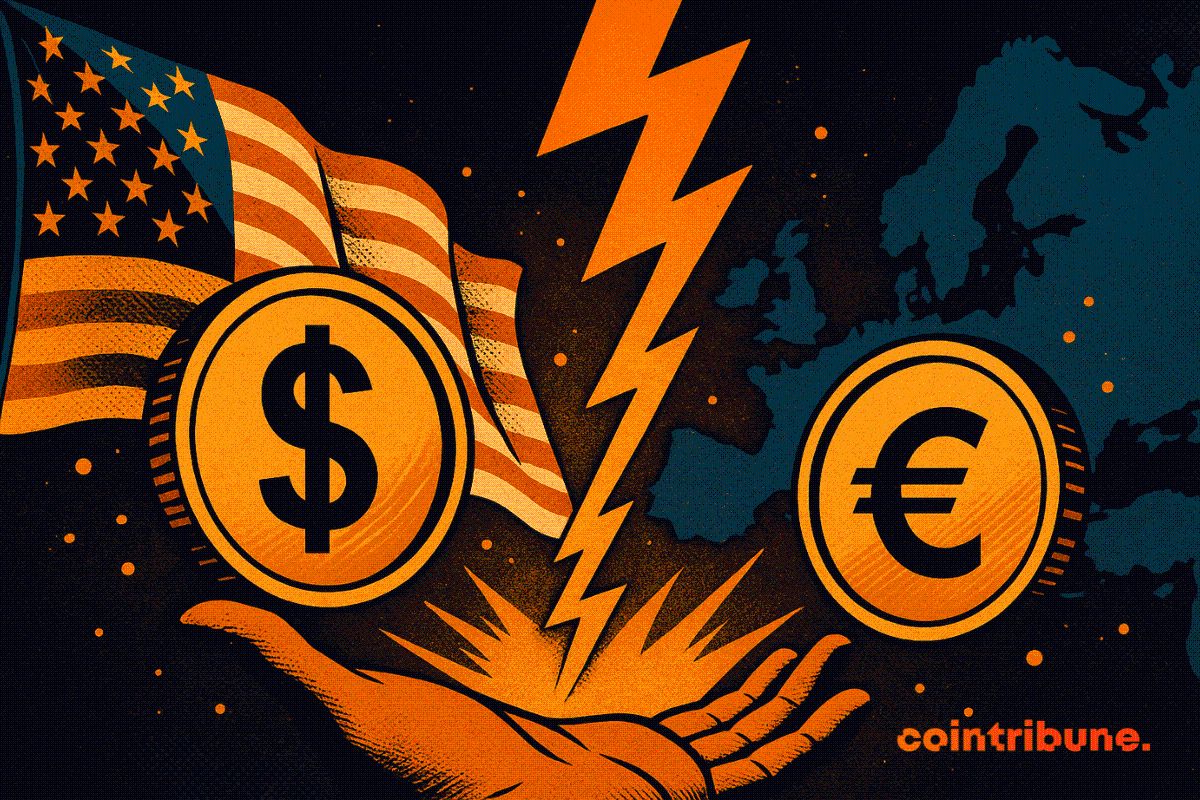Ethereum's Emerging Dominance in Institutional Crypto Adoption: A Convergence of Institutional Confidence and Blockchain Utility
- Ethereum's institutional adoption hit 9.2% supply control in Q2 2025 via ETFs and corporate treasuries, marking a structural shift in crypto finance. - BlackRock's ETHA ETF dominated 90% of inflows ($13.3B total), while Goldman Sachs held 288K ETH ($721.8M), treating Ethereum as strategic reserve asset. - Regulatory clarity (GENIUS Act, SEC framework) and 3-6% staking yields drove adoption, alongside Dencun upgrades reducing L2 fees by 99%. - DeFi TVL reached $223B and NFT trading hit $5.8B Q1 2025, soli
Ethereum’s institutional adoption has reached a pivotal inflection point in 2025, driven by a perfect storm of regulatory clarity, yield optimization, and blockchain utility. As of Q2 2025, institutional investors now control 9.2% of the total Ethereum supply—3.6% via corporate treasuries and 5.6% through exchange-traded funds (ETFs)—marking a seismic shift in the asset’s institutional profile [1]. This surge is not merely speculative; it reflects Ethereum’s transformation into a foundational infrastructure layer for global finance, underpinned by its deflationary mechanics, DeFi ecosystem, and Layer 2 (L2) scalability.
Institutional Adoption: A New Era of Capital Inflows
The BlackRock iShares Ethereum Trust (ETHA) alone accounted for 90% of Ethereum ETF inflows in 2025, amassing 3.6 million ETH in holdings by August [2]. Cumulative inflows into Ethereum ETFs hit $13.3 billion by mid-August, with Goldman Sachs emerging as a key player, holding 288,294 ETH ($721.8 million) [3]. These figures underscore a broader trend: institutional investors are treating Ethereum not as a volatile asset but as a strategic reserve asset.
Regulatory tailwinds have accelerated this shift. The U.S. GENIUS Act and the SEC’s 2025 utility token framework have reduced legal ambiguities, enabling Ethereum staking and ETF creation [4]. This has unlocked 3–6% annualized staking yields for institutional portfolios, a critical differentiator in an era of low traditional yields. Meanwhile, Ethereum’s Pectra and Dencun upgrades have slashed L2 transaction fees by 99%, enhancing its utility for institutional-grade applications [5].
Blockchain Utility: Staking, DeFi, and Deflationary Dynamics
Ethereum’s utility extends beyond institutional capital flows. Over 35 million ETH—nearly 30% of the total supply—is now locked in staking contracts, tightening liquidity and reinforcing deflationary pressures [5]. This staking activity is further amplified by $17.6 billion in corporate treasury staking, creating a flywheel of demand that outpaces issuance.
The DeFi ecosystem has also solidified Ethereum’s dominance. By July 2025, decentralized finance (DeFi) platforms on Ethereum held $223 billion in total value locked (TVL), while NFT trading volume reached $5.8 billion in Q1 [6]. These metrics highlight Ethereum’s role as the backbone of Web3 innovation, attracting institutional capital seeking exposure to the next generation of financial infrastructure.
Investor Sentiment: A Bullish On-Chain Narrative
On-chain data reveals a surge in institutional confidence. Large ETH wallet balances increased by 15% in June 2025, while exchange outflows spiked, signaling a shift from speculative trading to long-term accumulation [7]. Whale activity has further reinforced this trend, with analysts projecting price targets of $6,750–$10,000 by year-end [7].
The deflationary model is a key driver. With Ethereum’s issuance rate declining due to staking and burn mechanics, the network’s scarcity profile is strengthening. This, combined with institutional ETF inflows and regulatory clarity, creates a self-reinforcing cycle of demand and value retention.
Conclusion
Ethereum’s institutional adoption is no longer a niche phenomenon but a structural shift in global finance. The convergence of regulatory progress, yield optimization, and blockchain utility has positioned Ethereum as a critical asset for institutional portfolios. As the network continues to scale through L2 solutions and DeFi innovation, its dominance is likely to deepen, offering a compelling long-term investment thesis.
**Source:[1] Ethereum's Institutional Adoption Accelerates as Reserve Entities and ETFs Control 9.2% of Supply [2] BlackRock Leads $455 Million Ethereum ETF Inflows [3] Institutional Ethereum Holdings Soar to Record Highs [4] Goldman Sachs' Surging Ethereum ETF Holdings Signal Institutional Confidence in Crypto [5] Ethereum's Liquidity Shifts and Whale Behavior [6] Ethereum's Road to $10000: A Strategic Buy Opportunity in ... [7] ETH Accumulation Skyrockets in June 2025: Key Trading ...
Disclaimer: The content of this article solely reflects the author's opinion and does not represent the platform in any capacity. This article is not intended to serve as a reference for making investment decisions.
You may also like
A 6200-fold profit: Who is the biggest winner of Moore Threads?
On December 5, Moore Threads officially debuted on the STAR Market, opening at 650 yuan, a surge of 468.78% compared to its issue price of 114.28 yuan.

Bitcoin Faces Struggles as Market Volatility Intensifies
In Brief Bitcoin struggles under $90,000, affecting market dynamics. Altcoin market sees significant downturn and investor panic. Regulatory news in the U.S. impacts cryptocurrency trends.

Crypto: The PEPE memecoin site redirects to a malicious link

21Shares Launches First Leveraged Sui ETF in the U.S. as Network Activity Surges
